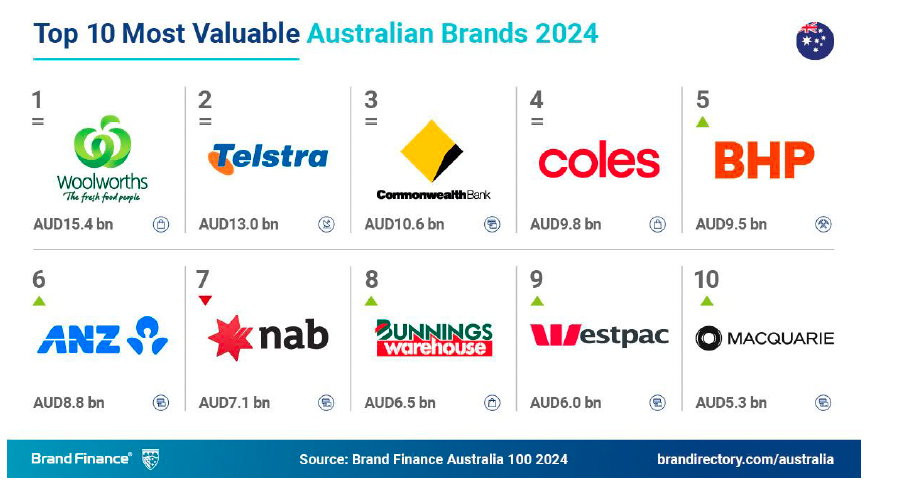Vodafone accuses Telstra of misleading coverage claims, submits ACCC request for regulatory review

Vodafone has accused Telstra of misleading Australians about its mobile network coverage for over 15 years. The allegations centre on Telstra’s advertised mobile coverage claims, which Vodafone asserts are based on the use of an external antenna and repeater, devices not commonly used by the average customer. Telstra has denied the allegations.
Vodafone and parent company TPG Telecom, claims that Telstra has overstated its mobile network coverage by as much as 40%, which equates to nearly one million square kilometres. This discrepancy, according to Vodafone, could have led consumers to believe they had coverage in areas that actually require special equipment to access. It’s now calling for a regulatory investigation into Telstra’s coverage claims, and said it has reported Telstra’s conduct to the Australian Competition and Consumer Commission and is considering legal action. The ACCC has confirmed it’s considering the specific issues raised by TPG.
“This is alarming. It appears Telstra has tricked Australians into paying top dollar for coverage they simply can’t get on a regular mobile phone,” Kieren Cooney, Group Executive Consumer, Data and Analytics at TPG Telecom, stated. “We are shocked that Telstra appears to have been overstating its coverage by so much for so long and we are calling on them to make it right.”
Telstra’s coverage claims have been a part of its Annual Reports and have been displayed on its website for over 15 years. Vodafone alleges that Telstra’s conduct could have misled consumers into believing they could get coverage in places that require special equipment. “Telstra’s conduct could have misled consumers into believing they can get coverage in places that require special equipment,” Cooney further commented.
According to TPG, the issue is compounded by the fact that Telstra’s coverage claims have also been published by other providers using the Telstra mobile network. These include brands such as Belong, Aldi, Tangerine, Woolworths, and More Telecom. Vodafone bases its own network coverage claims on ‘outdoor coverage’ without the need for special equipment.
Cooney also remarked on the potential impact of Telstra’s claims on consumer choice, stating, “By overstating the coverage available to most Australians by such an enormous amount, Telstra and its resellers have no doubt retained customers or attracted customers that might otherwise have chosen Vodafone or other TPG Telecom brands such as TPG, Felix, Lebara and Kogan.”
In response to the allegations, Telstra has recently modified its website to remove some references to the contentious coverage claims. However, Vodafone continues to press for accountability and transparency regarding the true extent of Telstra’s mobile network coverage.
While confirming a slight change to its website ascribed to another telco using a different measurement method, a Telstra spokesperson told Mi3 it stands by its network claims and the way these are measured.
“No matter how you look at it, Telstra’s mobile network covers more of Australia than any other. Any suggestion that we’ve misled the public about the size of our network is completely untrue,” the statement from Telstra to Mi3 read. Telstra claims on any measure, Telstra’s network is at least 1 million square kilometres larger than Vodafone’s – that’s an area more than 14 times the size of Tasmania.
“Using our coverage maps, customers have always been able to determine our level of coverage with and without an external antenna, so they always knew what to expect based on the device they’re using.Many customers in regional and remote areas benefit from using external antennas to maximise their coverage. This is why we have used this as the basis for our coverage footprint.”
Now that Vodafone has communicated to us how it’s chosen to calculate its coverage footprint, to help the public understand the difference, the spokesperson said Telstra is highlighting its 3 million square kilometres of coverage is based on using an external antenna. “Using coverage maps, people can see the many towns, highways and places where we’ve invested to provide coverage and Vodafone hasn’t. We’re all for transparency and industry consistency in how we report coverage and would gladly put our maps up, side-by-side, so that Australians can see the difference,” the statement added.
An ACCC spokesperson told Mi3 it’s considering the specific issues raised by TPG but does not generally comment on complaints received or potential investigations. “The ACCC recognises the importance of accurate mobile coverage claims, particularly for regional and remote consumers. We regularly engage with mobile operators on their coverage claims,” the spokesperson stated.
But that didn’t stop the ACCC from noting some of the inconsistencies it’s raised on network coverage reporting over the past several years. “Mobile operators do not have a standardised or consistent approach to the coverage maps they publish via their websites and in advertising. We continue to urge mobile operators to provide comparable coverage maps, which would enable consumers to compare mobile networks on a like-for-like basis. There is no legal requirement for mobile network operators to provide this, but the ACCC has been advocating for more transparency for consumers for some time,” the spokesperson stated.
The ACCC noted its own efforts to improve transparency and publicly available information about mobile coverage resulted in the 2021 launch of its Mobile Infrastructure Report using data from Telstra, Optus and TPG Telecom.
“Our 2023 report found that Telstra’s outdoor coverage as a proportion of its external antenna coverage was significantly less than that of Optus and TPG Telecom. We publicly reported that, based on the coverage maps provided, around 48% of Telstra’s network could only be accessed by external antenna, compared with approximately 17% for Optus and 26% for TPG Telecom. Telstra subsequently revised its methodology in predicting its 4G outdoor coverage,” the spokesperson continued.
However in 2024, the ACCC discontinued coverage analysis in the report due to an inability to access the underling methodologies used by mobile network operators to produce their coverage maps.





